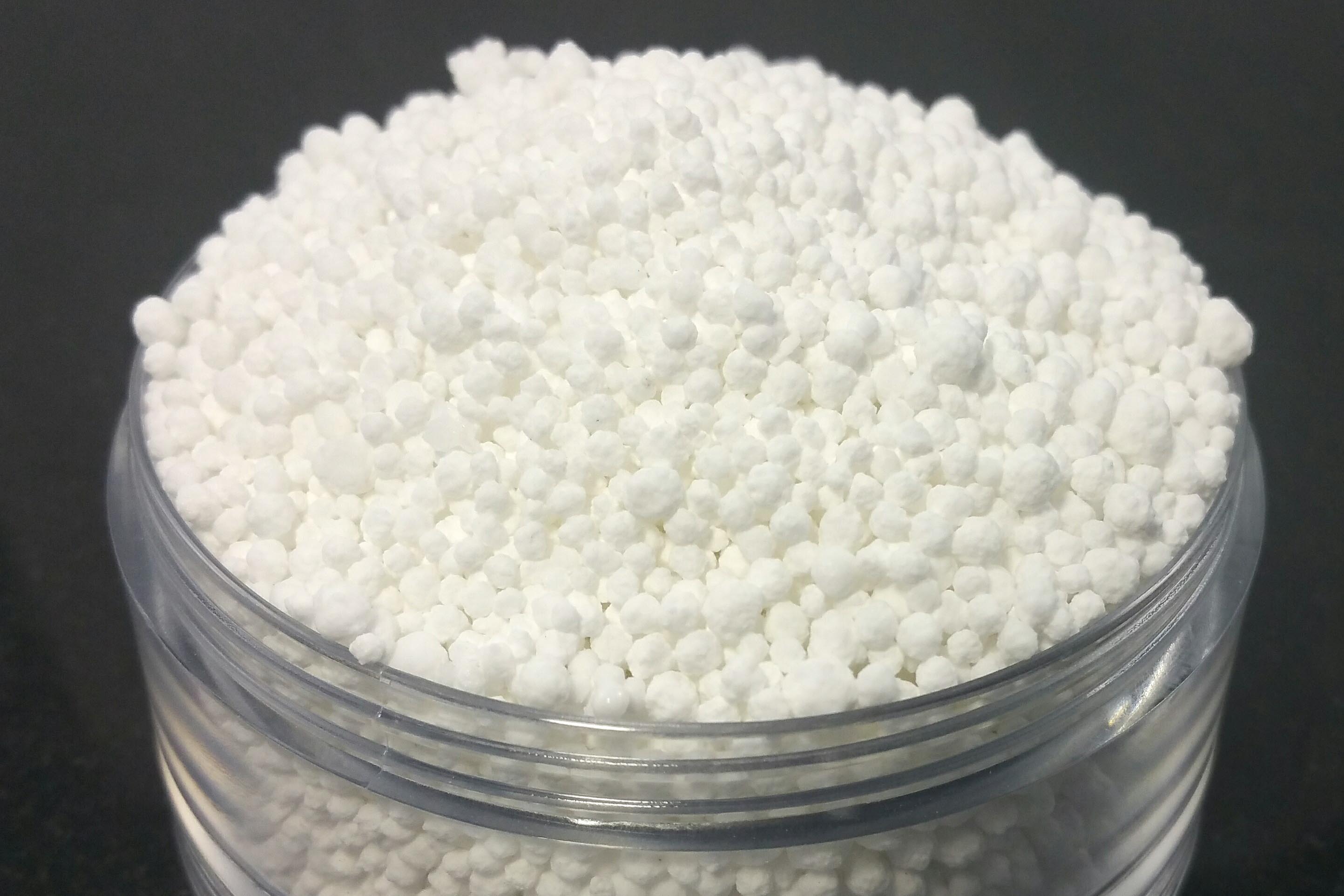
Pacary E, Legros H, Valable S, Duchatelle P, Lecocq M, Petit E, Nicole O, Bernaudin M (2006) Synergistic effects of CoCl(2) and ROCK inhibition on mesenchymal stem cell differentiation into neuron-like cells. Zhang M, Shi X, Wu J, Wang Y, Lin J, Zhao Y, Li H, Ren M, Hu R, Liu F, Deng H (2019) CoCl2 induced hypoxia enhances osteogenesis of rat bone marrow mesenchymal stem cells through cannabinoid receptor 2. Yu X, Wan Q, Ye X, Cheng Y, Pathak JL, Li Z (2019) Cellular hypoxia promotes osteogenic differentiation of mesenchymal stem cells and bone defect healing via STAT3 signaling.

Manokawinchoke J, Osathanon T, Egusa H, Pavasant P (2016) Hypoxia enhances osteogenic differentiation in retinoic acid-treated murine-induced pluripotent stem cells. Stem Cells Int 2018:3237253Ĭhen Y, Zhao Q, Yang X, Yu X, Yu D, Zhao W (2015) Cobalt chloride supplementation induces stem-cell marker expression and inhibits osteoblastic differentiation in human periodontal ligament cells. Teti G, Focaroli S, Salvatore V, Mazzotti E, Ingra L, Mazzotti A, Falconi M (2018) The hypoxia-mimetic agent cobalt chloride differently affects human mesenchymal stem cells in their chondrogenic potential. Littmann E, Autefage H, Solanki AK, Kallepitis C, Jones JR, Alini M, Peroglio M, Stevens MM (2018) Cobalt-containing bioactive glasses reduce human mesenchymal stem cell chondrogenic differentiation despite HIF-1α stabilisation. Yoo HI, Moon YH, Kim MS (2016) Effects of CoCl2 on multi-lineage differentiation of C3H/10T1/2 mesenchymal stem cells. Muñoz-Sánchez J, Chánez-Cárdenas ME (2019) The use of cobalt chloride as a chemical hypoxia model. Jaakkola P, Mole DR, Tian YM, Wilson MI, Gielbert J, Gaskell SJ, von Kriegsheim A, Hebestreit HF, Mukherji M, Schofield CJ, Maxwell PH, Pugh CW, Ratcliffe PJ (2001) Targeting of HIF-alpha to the von Hippel-Lindau ubiquitylation complex by O2-regulated prolyl hydroxylation. Ivan M, Kondo K, Yang H, Kim W, Valiando J, Ohh M, Salic A, Asara JM, Lane WS, Kaelin WG Jr (2001) HIFalpha targeted for VHL-mediated destruction by proline hydroxylation: implications for O2 sensing. Salnikow K, Donald SP, Bruick RK, Zhitkovich A, Phang JM, Kasprzak KS (2004) Depletion of intracellular ascorbate by the carcinogenic metals nickel and cobalt results in the induction of hypoxic stress. Hewitson KS, McNeill LA, Riordan MV, Tian YM, Bullock AN, Welford RW, Elkins JM, Oldham NJ, Bhattacharya S, Gleadle JM, Ratcliffe PJ, Pugh CW, Schofield CJ (2002) Hypoxia-inducible factor (HIF) asparagine hydroxylase is identical to factor inhibiting HIF (FIH) and is related to the cupin structural family.

Wang GL, Semenza GL (1993) Desferrioxamine induces erythropoietin gene expression and hypoxia-inducible factor 1 DNA-binding activity: implications for models of hypoxia signal transduction. These results suggest that cobalt chloride might modulate myogenin expression at post-transcriptional and post-translational levels, resulting in the failure of the myoblasts to differentiate into myotubes.Ĭhaillou T, Lanner JT (2016) Regulation of myogenesis and skeletal muscle regeneration: effects of oxygen levels on satellite cell activity. A proteasome inhibitor completely prevents cobalt chloride-mediated decrease in myogenin protein. A muscle-specific E3 ubiquitin ligase MAFbx, which can target myogenin protein for proteasomal degradation, is upregulated along with changes in Akt/Foxo and AMPK/Foxo signaling pathways.

Under chemical hypoxia, myogenin stability is decreased at mRNA and protein levels. The impaired myoblast differentiation is accompanied by downregulation of myogenic regulatory factor myogenin. Here, we show that cobalt chloride strongly suppresses myoblast differentiation in a dose-dependent manner. The intrinsic underlying mechanisms of myoblast differentiation, however, are not fully understood. Several studies have suggested that chemical hypoxia may cause deleterious effects on myogenesis. Cobalt chloride can create hypoxia-like state in vitro (referred to as chemical hypoxia).


 0 kommentar(er)
0 kommentar(er)
